Photographing Orangutans in Sumatra
My first wildlife trip this year was to Indonesia to shoot orangutans and Komodo dragons. This post is about the former, I'll save the dragons for another post.
These photos were taken in Bukit Lawang, North Sumatra, which has a sanctuary for Sumatran Orangutans (there is another species in Borneo). They offer guided treks to see the animals, which are mostly rescue animals that have been re-introduced to the wild.
Shooting in the rainforest can be a challenge; very little of the glorious tropical sun actually makes it through the canopy. The forrest was so thick that I couldn't fill the frame without branches, creepers and vines getting in the way. When I could get a clear line of sight, the animals were often too close to fill the frame and I could have done with a 200mm lens, and not my 400mm prime. This is why most of the shots that worked are up-close and personal with the animals (with a few exceptions where I was close enough to switch to a 40mm pancake lens I keep in my bag).
The conditions weren't ideal, but that's often the way of wildlife photography. Thankfully I had plenty of time with the orangutans and managed to fill two 32GB memory cards over the course of two treks.
Many shots on the first day were disappointing since the animals were mostly in shade - I either got grainy high-ISO shots, or I lowered the shutter speed too much to get a steady shot hand-held. On the second trek, I took my monopod with me, and that made the world of difference. I could shoot at 1/200 which gave me an extra stop or two of light to play with.
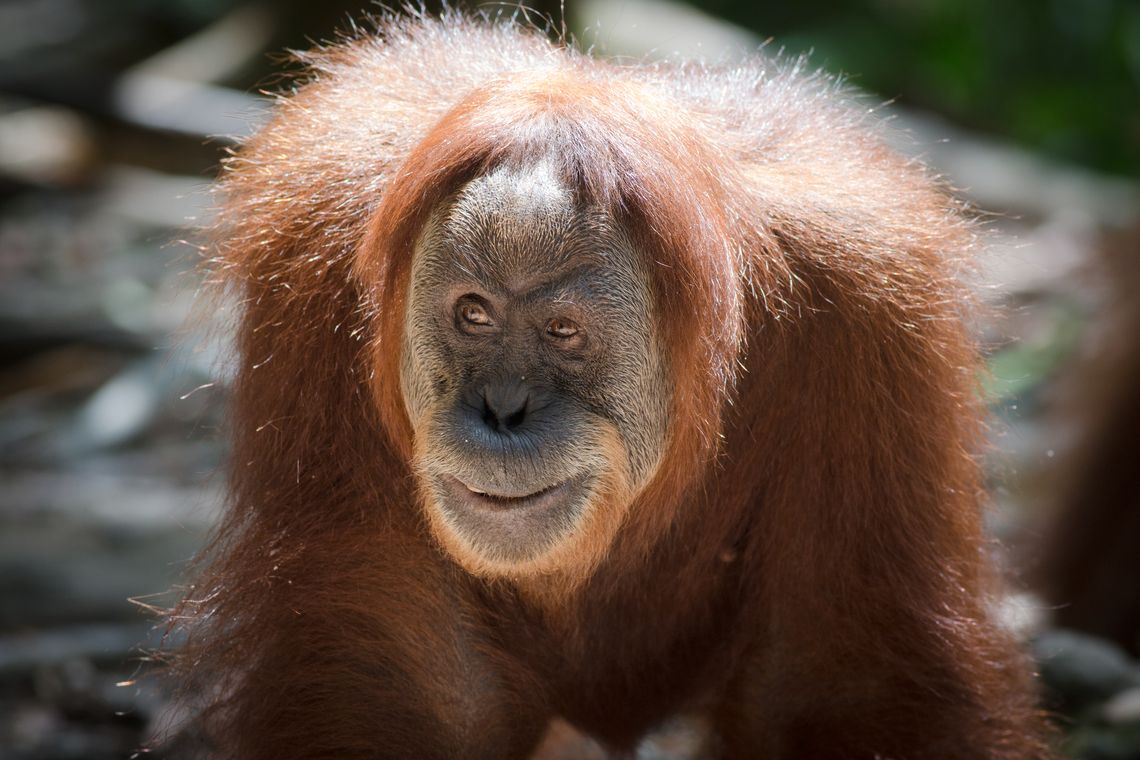
Orangutans are much stronger than humans. The guides warned us to keep our distance as some individuals had been known to be aggressive. The only sign of "aggression" I saw was when a young orangutan raided a back-pack for a packet of biscuits.
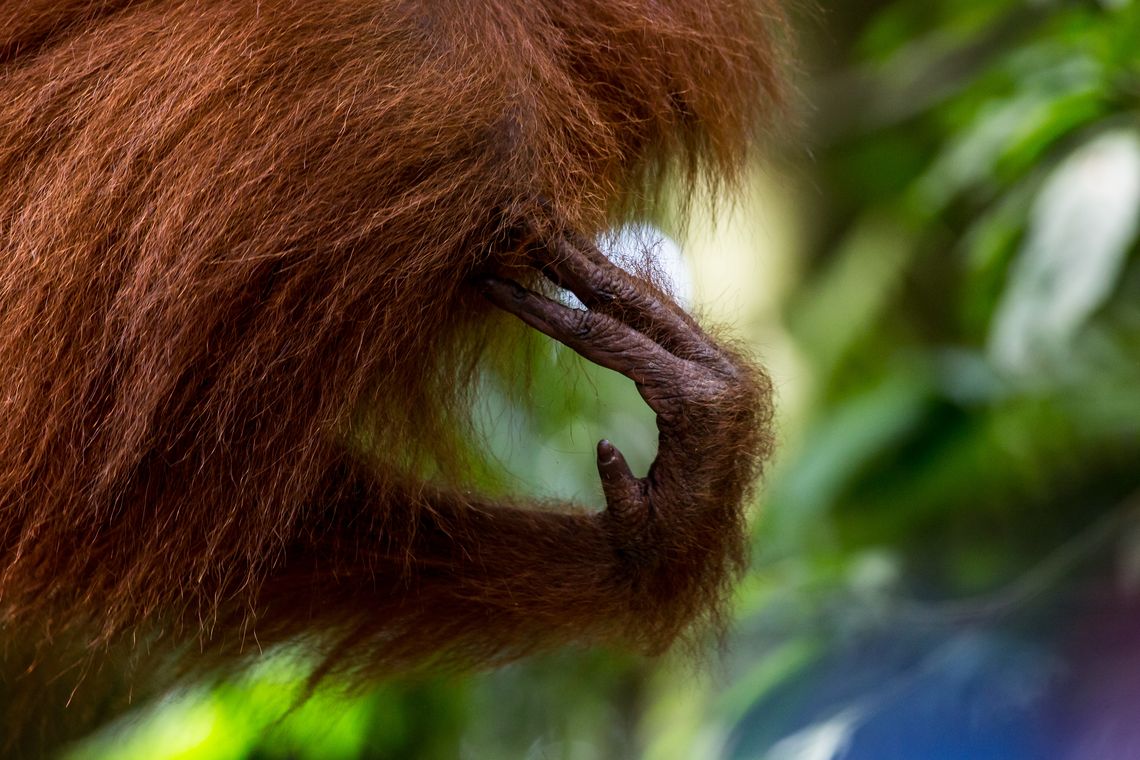
This shot was almost a throwaway; it was purely a test and there is a bit of blueish bokeh from somebody's clothing. There is something about the hand that I think shows how close to human they are.
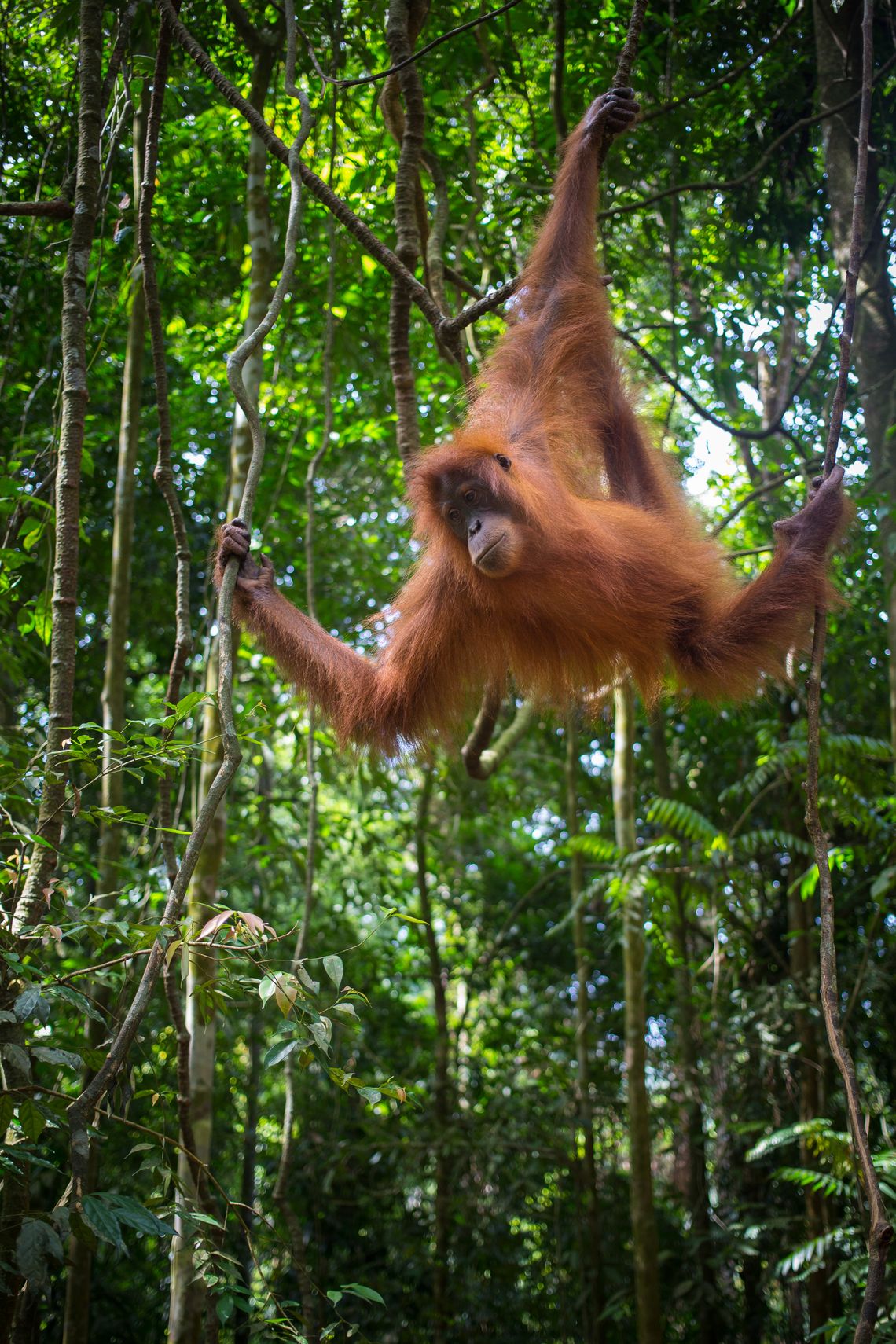
I kind of like this shot, it has a refreshing amount of negative space, where the other shots are so tight. It was taken with a 40mm f2.8 pancake lens which is small and light enough that I keep it in my camera bag rather than a body cap. I didn't expect to get close enough to use it!
Gear Talk
I used a Canon 400mm f5.6 for most of these shots (on a Canon 5D mk III). The takeaway from this trip was that a monopod is pretty much essential if you are on the move and the light isn't great. If I had a newer lens with Image Stabilisation then maybe I could have gotten away without the monopod, but I suspect even with IS, shooting in low light would still benefit from physical stabilisation.
Another takeaway would be to take a regular lens with you when you are trekking with a long lens. Something like a nifty 50 or a 40mm. You wouldn't want to miss a close up wildlife encounter because you couldn't focus.
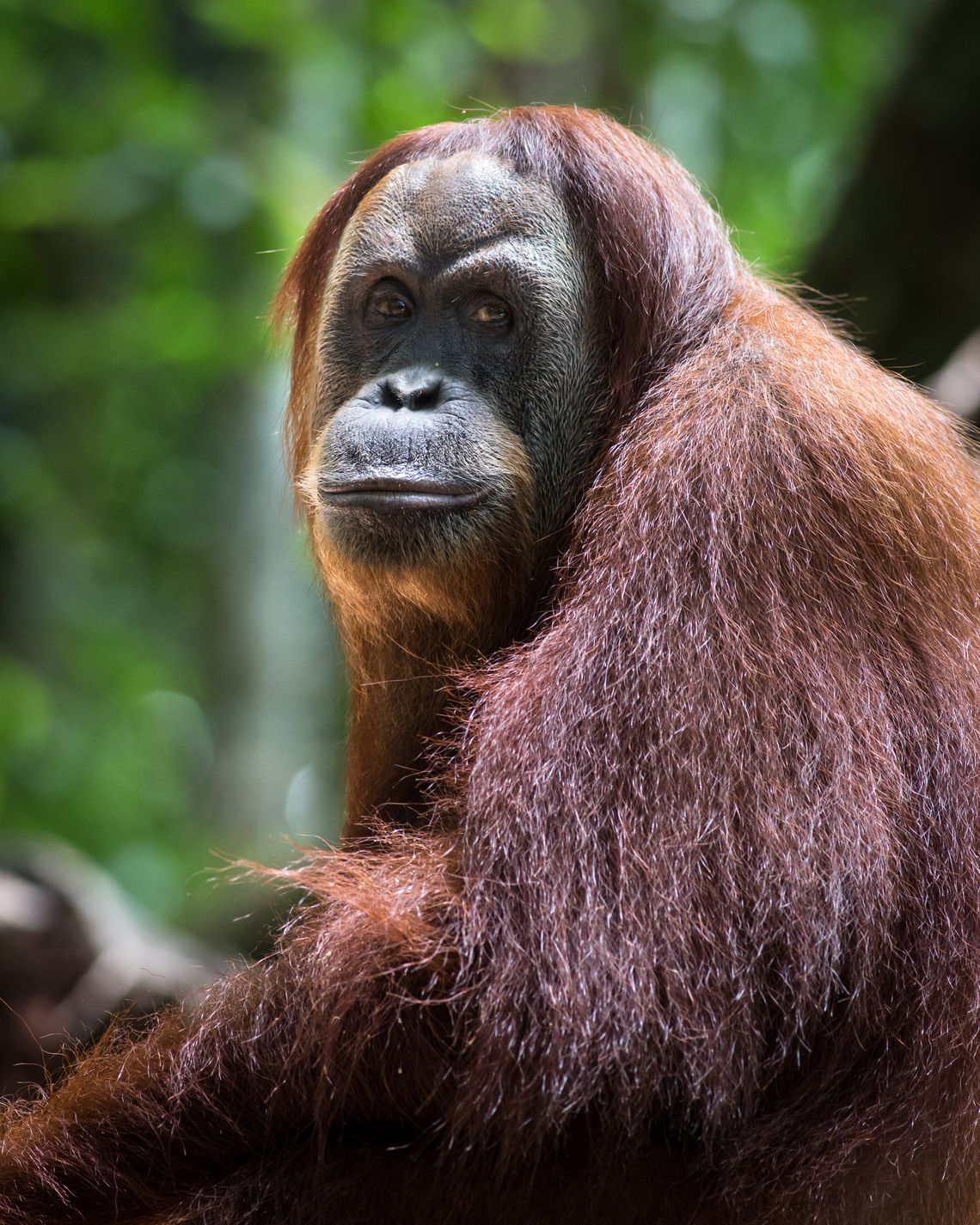
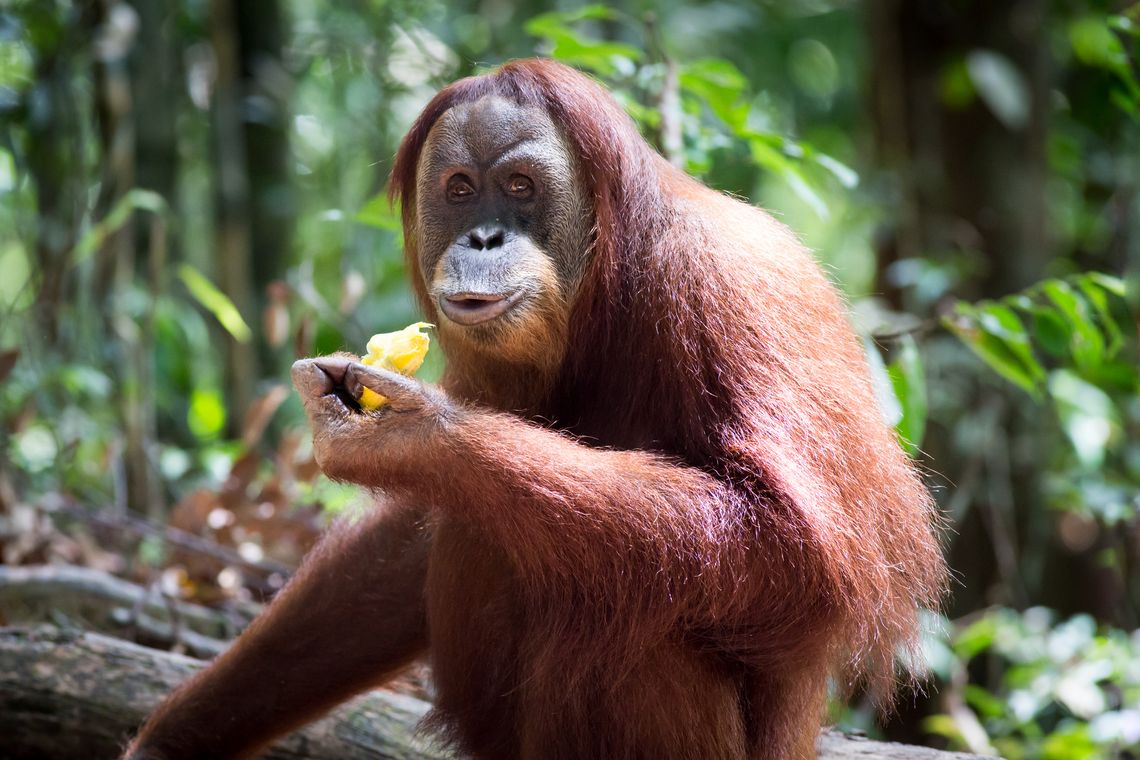
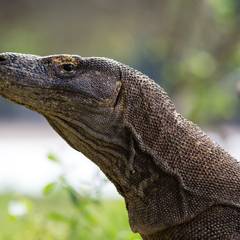
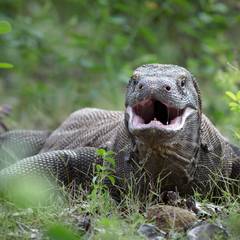
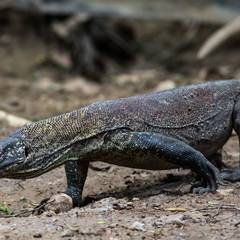
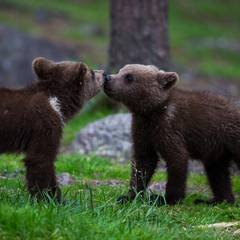
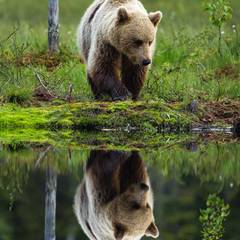
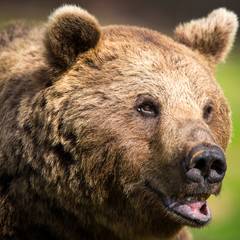
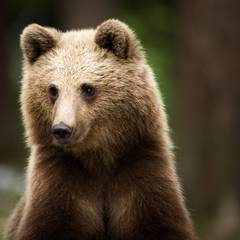
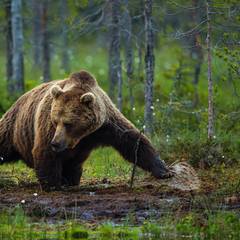
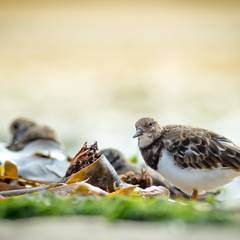
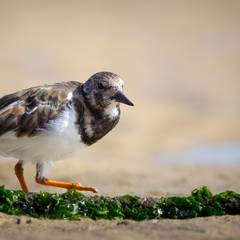
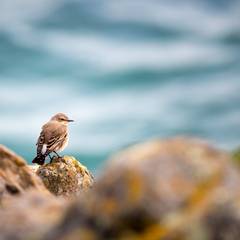

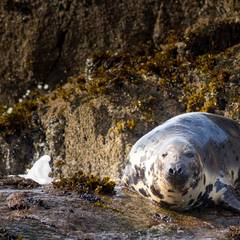
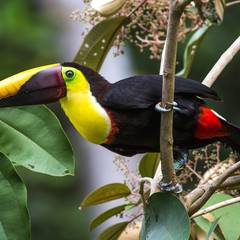
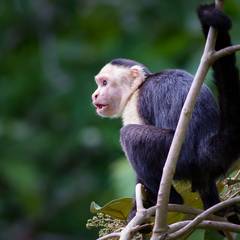

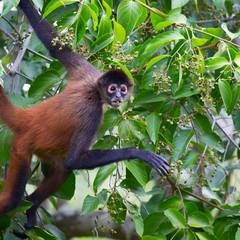
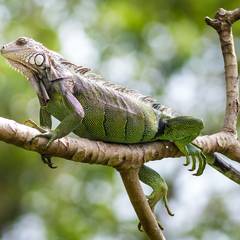
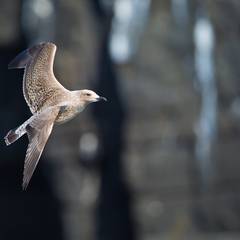
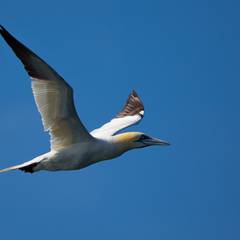
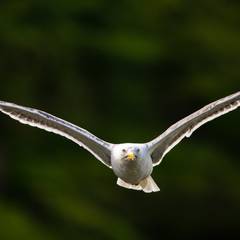
Thanks for the information. I'll be going to Sumatra and Borneo soon so this helps. I was planning to take my 40mm with me and it's good to know that my instincts were right. It sounds like you generally had time to change lenses?
I will probably take my 55-300mm (not the fastest lens but it will have to do) and the 40mm. Does that sound about right? We are going on a 4-night trek in Bukit Lawang and I want to keep the weight down in my backpack.
Hi fiona,
We were around the Orangutans for a while, so plenty time to change lenses. I think your lens selection will do just fine. Would definitely recommend a monopod. They aren't all that heavy, and will make a big difference when you're shooting at the 300mm end. I'm sure you'll get some great shots.
I'm going to Borneo (Kalimantan) in September and will be spending three days with Orangutans in different places (Tanjung Haraphan, Camp Leakey and Pondok Tanggui). Would my Fuji X-T2 with the 50-140 f/2.8 and another body with the Fuji 18-135 f/3.5-5.6 do the trick? Should I attach the 1.4 teleconverter to the 50-140?
Hi Marvin,
That sounds like an amazing trip! I think your Fuji X-T2 has a crop factor of 1.5, so that will give you an effective reach of 210mm for your 50-140. That's probably going to be as much as you need in the forrest, I doubt you will need the teleconverter there. The teleconverter will also reduce the maximum size of your aperture, and I think you could use the f/2.8 when the light is not so great under the canopy.
I'm sure you'll get great shots. Why not post them here when you get back? :-)
Thanks. Actually, the 1.5 crop factor doesn’t bring the animal any closer (140 mm is still 140mm); it just affects the field of view. So if I need to bring it as close as a full frame 200mm lens would, should I use the 1.4 teleconverter even though it'll reduce the admitted light from f/2.8 to f/3.5?
If I’m lucky enough to get a worthy shot, I’ll post it.
True, but the crop factor will fill the frame in much the same way as extra reach. And the crop factor still applies with the extender. If you get as close as I did I suspect that you'll have plenty of reach without the extender.
I would probably opt for that extra stop of light at f/2.8 but YMMV. Of course you could always carry they extender just in case. I had plenty time to switch lenses...
Hello Will,
First amazing photos.
We are going to Sumatra for a 3 day orangutan trek. I'm planning on taking my Nikon D850 with 24-70 mm/2.8 and 70-200 mm/2.8 lenses. Both have IS. And I'll be taking a monopod as well.
I have a Sigma 60-600 mm / 4.5-6.3 sport,... but feel I am better off with the 70/200 lower aperture. Not to mention it's 2x as heavy as the 70-200, so not planning on taking this.
What is your opinion?
Simon
Following this question, as I like to take the D850 with the 24-70 f2/8 and the Z6ii with the 70-200 f/4
Hi Will
Thanks for the further insight! I hope to go to Bukit Lawang to photography orangutans. I wanted to ask, what is changing lenses like in the jungle? Does the humidity cause the sensor/lens to condensate? Theo
Great Article and photos! I will be in Bukit Lawang in 3 weeks. I have photographed Chimpanzees, Silverbacks, Capuchins and Howler Monkey but never orangutans! I'll be shooting a Nikon D7500 and I am wavering between the 18-200 mm and the 70-400 mm lens. Defintley going manual so any thoughts on a minimum shutter speed and ISO combination would be helpful as well as my 2 lense choices. Thanks!